It’s time to take podcast audience development seriously
If you need a reminder that we’re in the “pivot to podcast” era, then here’s a fun fact: In a year, the number of podcasts available on Spotify tripled — from 700,000 in 2019 to 2.2 million by the end of 2020. Broken down even further, that means more than 48 million individual podcast episodes (ranging from true crime to long-form interviews) competed for listeners’ attention. And that number is expected to grow even more in 2022.
With every media outlet, lifestyle brand, and nonprofit organization getting into the audio race, it won’t be enough to produce the first, the biggest, the best, or the most celebrity-filled podcast to attract ears. We’re past the point of “If you podcast it, the audience will come.”
In a sea of millions of pod-fish, how will your show breakthrough, connect with listeners, and hook them in for more? A strategic marketing and audience development plan, that’s what.
At Podglomerate, our guiding principle is to meet the podcast audience where they are, working with clients like PBS and various NPR stations to connect their podcast message to the people who will care the most. We do this with the help of three key questions:
- Who is the podcast for? If you say “everyone,” you need to go back to the drawing board! Even the most popular podcasts in the world aren’t downloaded by “everyone.” So spend some time getting to know your target audience, the people who are most likely going to be rushing to their podcast apps to listen to the latest episode of your show. With a little help from audience surveys and market research tools (HubSpot, Google Analytics, etc.), you’ll be able to paint a better picture of your ideal listener based on demographic details (age range, location, etc.) and sociographic markers (interests, values, etc.).
- Where is your audience? If you want to place your podcast in front of the right listeners, it’s important to know where those listeners go to be informed, entertained, and inspired. Given what you know about your target audience, which social media platforms (LinkedIn, TikTok, etc.) and media outlets (The Skimm, NPR, etc.) would be most effective in driving traffic? Don’t be afraid to look at your podcast’s competitors for additional ideas.
- How can you connect your content to that audience? By taking just as much time building podcast relationships as constructing the editorial content itself. That means taking the time to authentically and empathetically engage with the target audience, like when a podcast creator hosts a Reddit AMA to answer questions on a relevant topic. That also means taking the time to foster connections within the podcast industry, perhaps after attending a beloved podcast conference virtually/in-person and meeting pod professionals at Podcast Movement, She Podcasts, or Afros & Audio. (You never know when a connection could lead to an earned or paid marketing opportunity like a podcast cross-promotion, feed drop, or app feature.) And make sure to take the time to introduce yourself to the podcast newsletter writers and reporters, who not only connect new podcasts with adoring podcast fans, but who also bring context and clarity to the evolving audio landscape.
That’s the secret: Podcast audience development is really just an elaborate disguise for podcast relationship building. As you grow stronger ties with loyal listeners, you’re also establishing deeper bonds amongst audio creators, writers, app developers, and the wider podcast community, all of whom can amplify your content even further to encourage discoverability.
That’s what we should work toward in 2022: A more humanized approach to podcasting, one that prioritizes authentic connections with listeners, meeting the audience where they are rather than where you want them to be.
Joni Deutsch is vice president of podcast marketing and audience development at Podglomerate.

If you need a reminder that we’re in the “pivot to podcast” era, then here’s a fun fact: In a year, the number of podcasts available on Spotify tripled — from 700,000 in 2019 to 2.2 million by the end of 2020. Broken down even further, that means more than 48 million individual podcast episodes (ranging from true crime to long-form interviews) competed for listeners’ attention. And that number is expected to grow even more in 2022.
With every media outlet, lifestyle brand, and nonprofit organization getting into the audio race, it won’t be enough to produce the first, the biggest, the best, or the most celebrity-filled podcast to attract ears. We’re past the point of “If you podcast it, the audience will come.”
In a sea of millions of pod-fish, how will your show breakthrough, connect with listeners, and hook them in for more? A strategic marketing and audience development plan, that’s what.
At Podglomerate, our guiding principle is to meet the podcast audience where they are, working with clients like PBS and various NPR stations to connect their podcast message to the people who will care the most. We do this with the help of three key questions:
- Who is the podcast for? If you say “everyone,” you need to go back to the drawing board! Even the most popular podcasts in the world aren’t downloaded by “everyone.” So spend some time getting to know your target audience, the people who are most likely going to be rushing to their podcast apps to listen to the latest episode of your show. With a little help from audience surveys and market research tools (HubSpot, Google Analytics, etc.), you’ll be able to paint a better picture of your ideal listener based on demographic details (age range, location, etc.) and sociographic markers (interests, values, etc.).
- Where is your audience? If you want to place your podcast in front of the right listeners, it’s important to know where those listeners go to be informed, entertained, and inspired. Given what you know about your target audience, which social media platforms (LinkedIn, TikTok, etc.) and media outlets (The Skimm, NPR, etc.) would be most effective in driving traffic? Don’t be afraid to look at your podcast’s competitors for additional ideas.
- How can you connect your content to that audience? By taking just as much time building podcast relationships as constructing the editorial content itself. That means taking the time to authentically and empathetically engage with the target audience, like when a podcast creator hosts a Reddit AMA to answer questions on a relevant topic. That also means taking the time to foster connections within the podcast industry, perhaps after attending a beloved podcast conference virtually/in-person and meeting pod professionals at Podcast Movement, She Podcasts, or Afros & Audio. (You never know when a connection could lead to an earned or paid marketing opportunity like a podcast cross-promotion, feed drop, or app feature.) And make sure to take the time to introduce yourself to the podcast newsletter writers and reporters, who not only connect new podcasts with adoring podcast fans, but who also bring context and clarity to the evolving audio landscape.
That’s the secret: Podcast audience development is really just an elaborate disguise for podcast relationship building. As you grow stronger ties with loyal listeners, you’re also establishing deeper bonds amongst audio creators, writers, app developers, and the wider podcast community, all of whom can amplify your content even further to encourage discoverability.
That’s what we should work toward in 2022: A more humanized approach to podcasting, one that prioritizes authentic connections with listeners, meeting the audience where they are rather than where you want them to be.
Joni Deutsch is vice president of podcast marketing and audience development at Podglomerate.
Jody Brannon

Christoph Mergerson
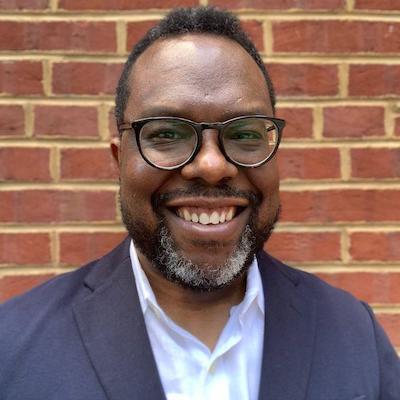
Kristen Muller
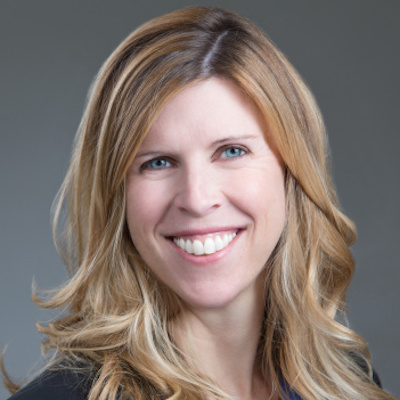
Stephen Fowler

Stefanie Murray

Jesenia De Moya Correa
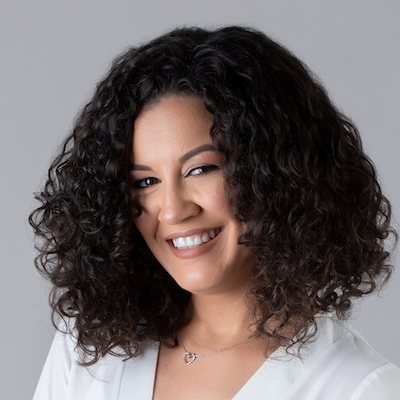
Shalabh Upadhyay
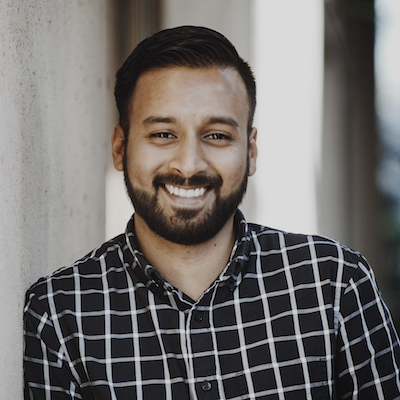
Ståle Grut

Gabe Schneider

Tamar Charney

Wilson Liévano
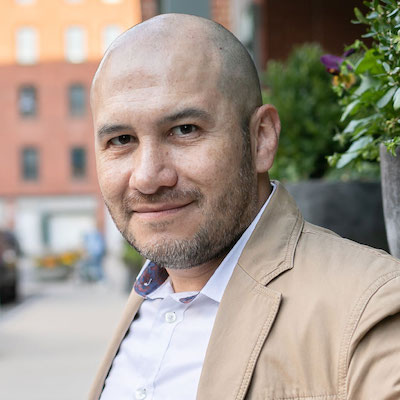
Matthew Pressman

A.J. Bauer

Meena Thiruvengadam
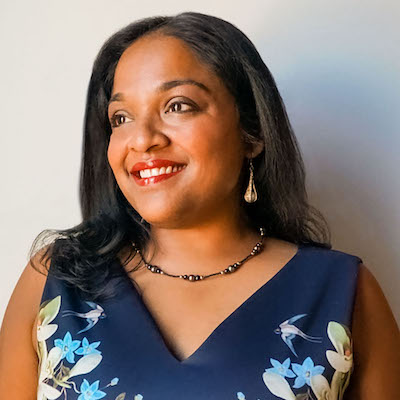
Joshua P. Darr

Jennifer Brandel

Simon Allison

Sam Guzik

Rachel Glickhouse

Zizi Papacharissi
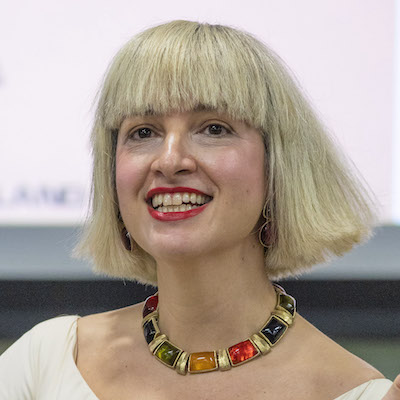
Gordon Crovitz

Jennifer Coogan
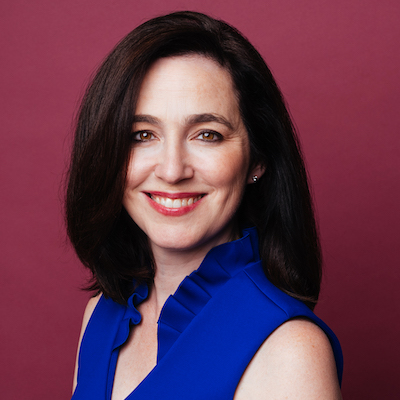
Anthony Nadler

David Cohn

Ariel Zirulnick

Matt Karolian
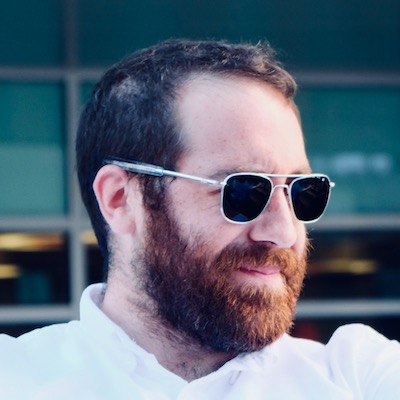
Mike Rispoli
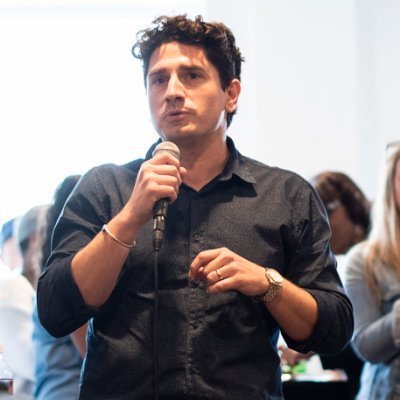
Mary Walter-Brown

Larry Ryckman

Paul Cheung

Kathleen Searles Rebekah Trumble

Izabella Kaminska
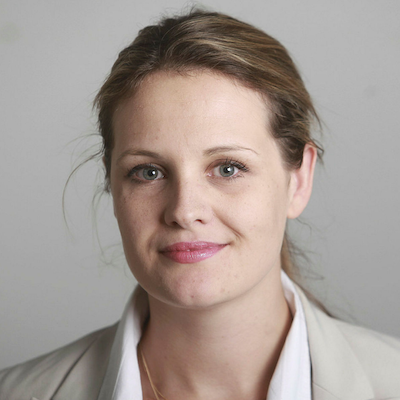
Julia Munslow

Tom Trewinnard

David Skok
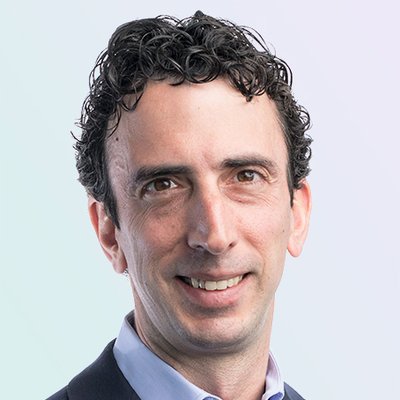
Sarah Stonbely

Melody Kramer

Sarah Marshall

Daniel Eilemberg

Parker Molloy

Whitney Phillips

Mario García

Millie Tran
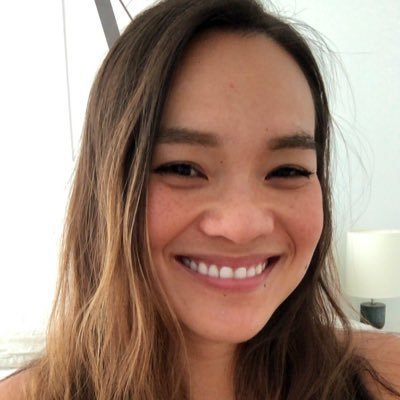
Tony Baranowski

Eric Nuzum

Kendra Pierre-Louis

Jonas Kaiser

Candace Amos
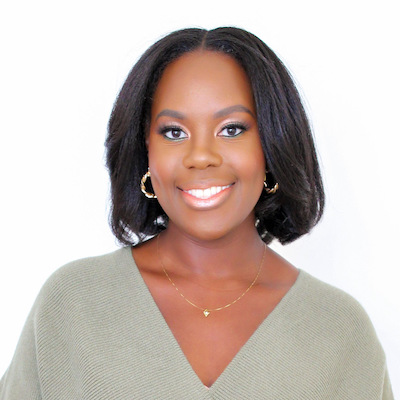
Julia Angwin

Amara Aguilar

John Davidow

Joni Deutsch

Moreno Cruz Osório

Jesse Holcomb
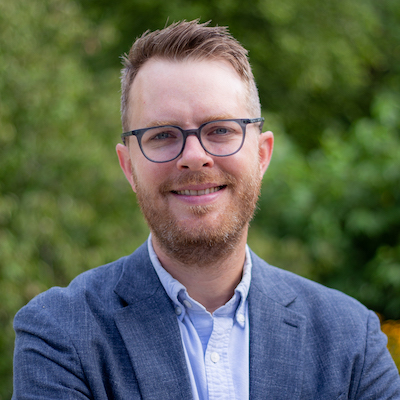
Anita Varma
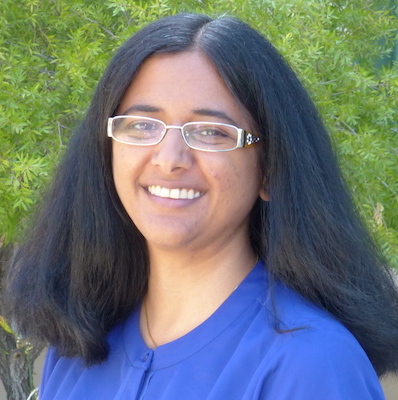
James Green

Matt DeRienzo
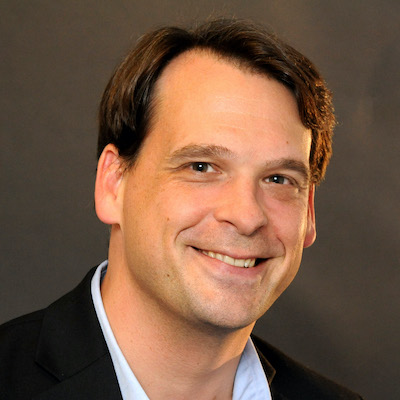
Francesco Zaffarano
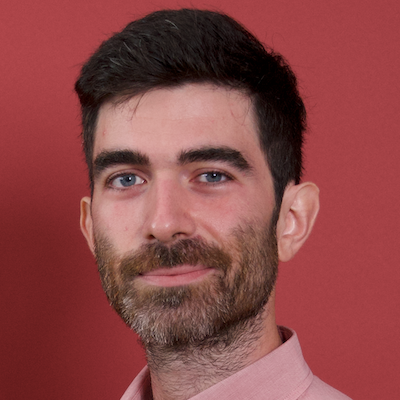
Juleyka Lantigua

Richard Tofel

Janelle Salanga

S. Mitra Kalita
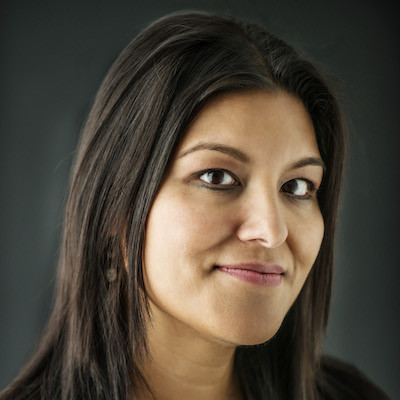
Doris Truong

Rasmus Kleis Nielsen

Burt Herman
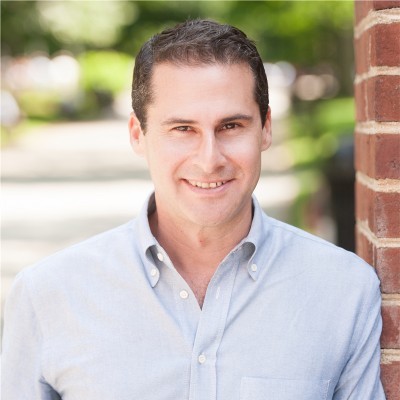
Gonzalo del Peon

Amy Schmitz Weiss
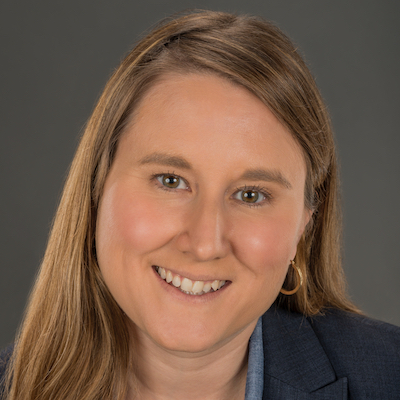
Natalia Viana

Raney Aronson-Rath
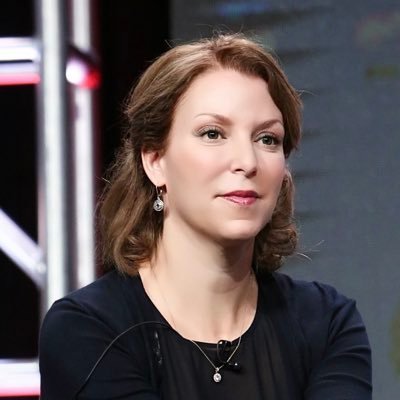
Kristen Jeffers
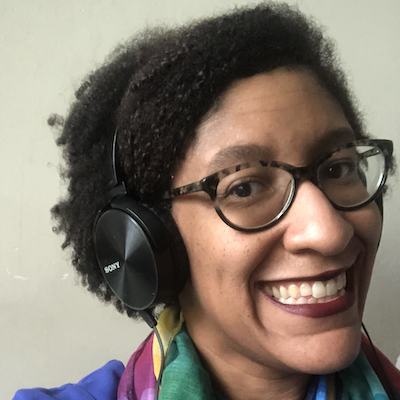
Andrew Freedman

Simon Galperin

Errin Haines

Laxmi Parthasarathy
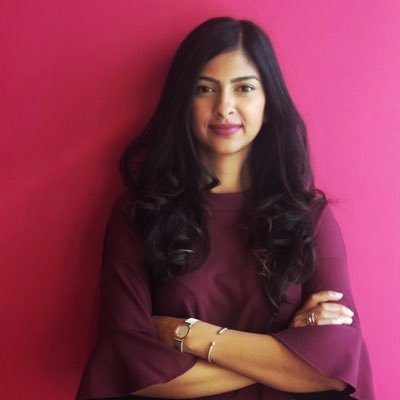
Shannon McGregor Carolyn Schmitt

Don Day

Robert Hernandez
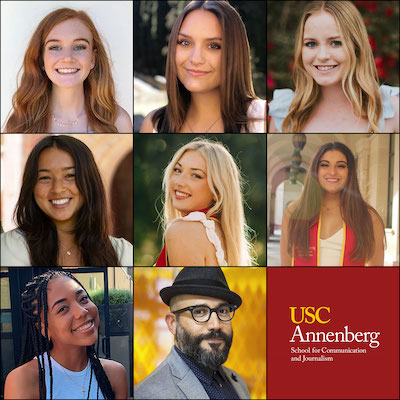
Anika Anand

Nikki Usher

Jessica Clark

Alice Antheaume
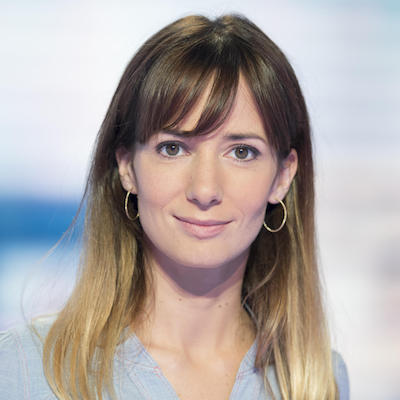
Megan McCarthy

Cherian George
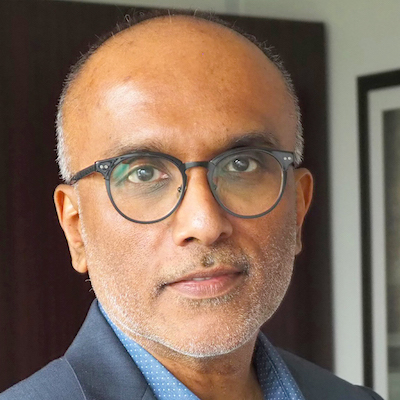
AX Mina

Joanne McNeil

Catalina Albeanu

Chicas Poderosas

Joe Amditis

j. Siguru Wahutu

Kerri Hoffman
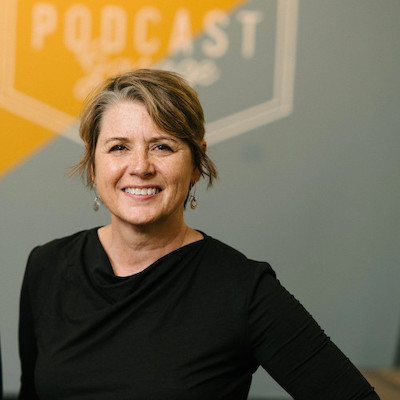
Brian Moritz

Chase Davis

Victor Pickard

Cindy Royal

Cristina Tardáguila
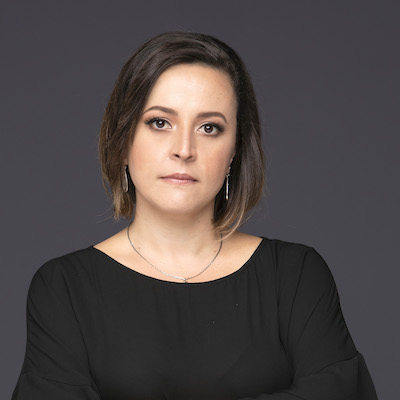
Joy Mayer

Mandy Jenkins

Jim Friedlich
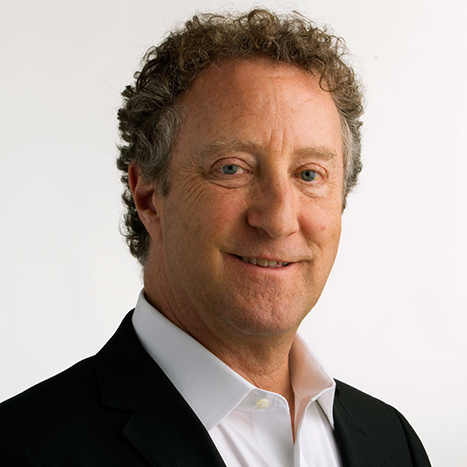
Michael W. Wagner

Christina Shih
